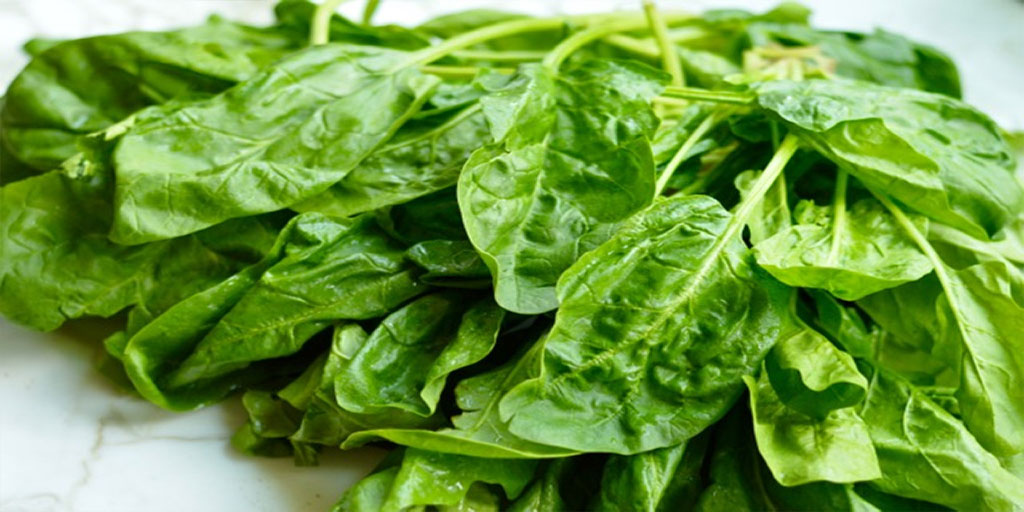


29 April 2018
What is Spinach Good For?
Obscurely referred to for years in England as "the Spanish vegetable," the name of this leafy green veggie was later shortened to the name we call it today. It’s thought to have originated in ancient Persia. Spinach cultivation spread to Nepal, and by the seventh century, to China, where it’s still called "Persian Greens." The Moors introduced it to Spain around the 11th century.
According to the USDA, Americans consume nearly 2½ pounds of spinach per year per capita. This easily quadruples the amount eaten 40 years ago, possibly because the boiled-and-canned-to-resemble-seaweed dish once served in school lunches is much improved. Now greener, tastier and crisper by freezing, spinach fresh from the garden is often used for salads and in place of lettuce on sandwiches.
No mere vegetable ever gained the fame that spinach did in the 1960s through the cartoon character Popeye. Often in vain, parents encouraged their children to eat their spinach so they would grow up to be big and strong.
There’s actually some truth to that…
Health Benefits of Spinach
Low in fat and even lower in cholesterol, spinach is high in niacin and zinc, as well as protein, fiber, vitamins A, C, E and K, thiamin, vitamin B6, folate, calcium, iron, magnesium, phosphorus, potassium, copper, and manganese. In other word, it’s loaded with good things for every part of your body!
Abundant flavonoids in spinach act as antioxidants to keep cholesterol from oxidizing and protect your body from free radicals, particularly in the colon. The folate in spinach is good for your healthy cardiovascular system, and magnesium helps lower high blood pressure. Studies also have shown that spinach helps maintain your vigorous brain function, memory and mental clarity.
In order to retain the rich iron content of spinach while cooking – lightly – add lemon juice or vinegar.
| Amt. Per Serving | % Daily Value* | |
|---|---|---|
| Calories | 23 | |
| Calories from Fat | 3 | |
| Total Fat | 0 g | 1% |
| Saturated Fat | 0 g | 0% |
| Trans Fat | ||
| Cholesterol | 0 mg | 0% |
| Sodium | 79 mg | 3% |
| Total Carbohydrates | 4 g | 1% |
| Dietary Fiber | 2 g | 9% |
| Sugar | 0 g | |
| Protein | 3 g | |
| Vitamin A188% | Vitamin C | 47% |
| Calcium10% | Iron | 15% |
*Percent Daily Values are based on a 2,000 calorie diet. Your daily values may be higher or lower depending on your calorie
Studies Done on Spinach
Because of the potentially high incidence of DDT (Dichlorodiphenyltri-chloroethane) contamination1, only buy organic varieties of this vegetable, as much as possible. A known cause of cancer, birth defects and reproductive damage, DDT, while banned in U.S. in 1972, continues to be manufactured and exported to developing nations, most often to fight mosquito-borne malaria. Still widely used on crops imported to the U.S., significant amounts of DDT have been detected. Worse, it can stay in the soil for years. In fact, spinach grown in the U.S. and sprayed with DDT before 1972 has been found to contain traces of DDT.
[apss_share]






